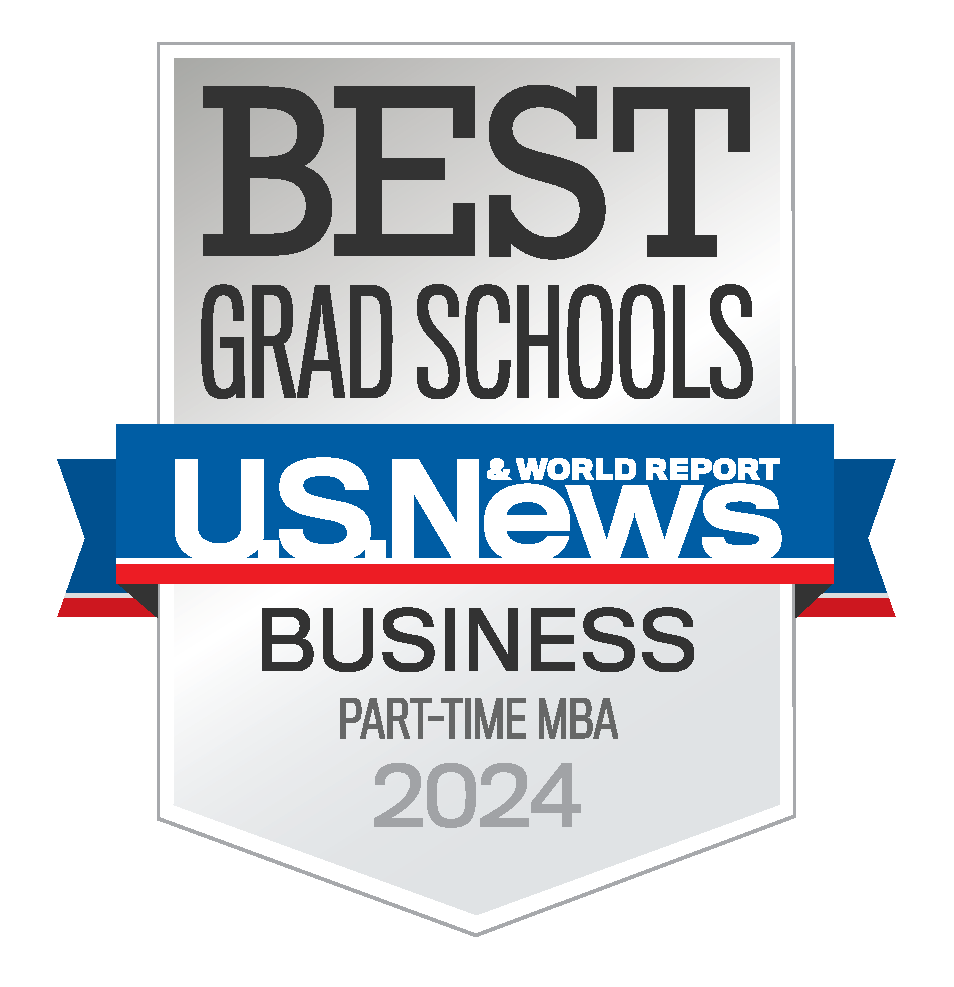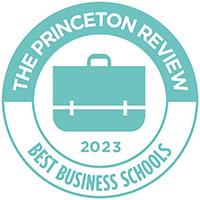Jaegul Lee published in three business journals
Associate Professor of Strategy and Entrepreneurship Jaegul Lee was recently published in three journals. One of the publications is coauthored with Tapan Seth, the first strategy doctoral student from the management program. Seth is currently an assistant professor at Robert Morris University.
Choi, J. H, and Lee, J., Repairing the R&D market failure: Public R&D subsidy and the composition of private R&D. Research Policy (Forthcoming), SBA A List, 2016 IF:4.495
Abstract
We examine the role of government subsidy in addressing market failure in research and development (R&D). Prior studies have shown that allocating market resources for R&D is not socially optimal due to the expected market failure in private R&D investment. Using Korean pharmaceutical industry data, we analyze the relationship between public R&D subsidy and private R&D investment. We also investigate the impact that public R&D subsidy has on the composition of private R&D expenditures. We find that the government’s R&D subsidy stimulates rather than crowds out private R&D activities of small biotechnology venture firms. This finding provides additional empirical evidence that government R&D subsidy can successfully address market failure in private R&D investment. Yet, the empirical evidence that the R&D subsidy program stimulated the biotechnology venture firms to expand their new product R&D activities is found to be rather weak. Consequently, the idea that the Korean government’s R&D subsidy program successfully addressed the underinvestment in R&D below the socially optimal level by inducing small venture firms to expand their R&D activities in new product R&D areas is only partially supported. Limitations of this study, the extent to which the test results can be generalized in other industries, qualitative assessments in a broader context, and areas for further study are also discussed.
Seth, T., and Lee, J., Consensus and conflict: Exploring moderating effects of knowledge workers on industry environment and entrepreneurial entry relationship. Journal of Business Research (Forthcoming), SBA B List, 2016 IF:3.354
Abstract
This article examines how knowledge workers in the labor force moderate the relationship between industry environmental conditions and entrepreneurial entry by using two competing streams of research: the consensus theory of employment and the conflict theory of employment. The two distinct literature streams provide competing predictions about knowledge workers' opportunity cost of entrepreneurial entry. Empirical analyses indicate that neither theoretical framework wholly explains the relationships for both munificent and complex environments. Rather, the application of each theory varies for different industry environments; the consensus theory applies to the complex environment, but the conflict theory is consistent with the munificent environment. Findings indicate that the characteristics of industry environments determine whether predictions from the consensus theory of employment or the conflict theory of employment are supported. This study also suggests that the two theoretical frameworks can be integrated to explain the relationships between industry environments and entrepreneurial entry in the knowledge-based economy.
Choi, J. H., and Lee. J. Firm size and compositions of R&D expenditures: Evidence from a panel of R&D performing manufacturing firms. Industry and Innovation (Forthcoming), 2016 IF:0.791
Abstract
The effect of firm size on diverse compositions of R&D expenditures is analyzed in detail using firm-level data on the Korean manufacturing sector. On the grounds that each type of R&D activity differs in terms of salability in disembodied form and growth potential due to innovation, a distinction between product vs. process, and new vs. incremental R&D is made. Empirical tests show that the firm size is significantly associated with both the new and incremental R&D. Moreover, firm size is found to be significantly associated with other types of R&D compositions such as the share of R&D devoted to incremental innovation and multidimensional combinations of product, process, new and incremental R&D. These findings support the idea that large firms possess innovative advantages over smaller firms and firm size is an important determinant for firms’ heterogeneous R&D activities. We also discuss the limitations and the implications of the findings.



